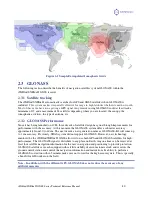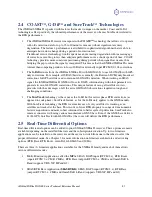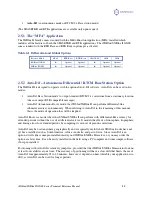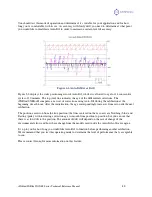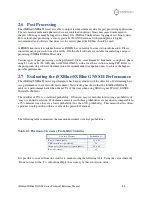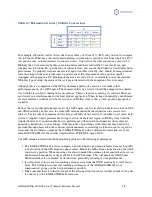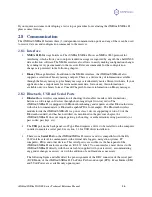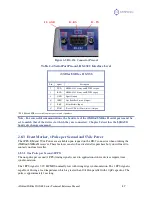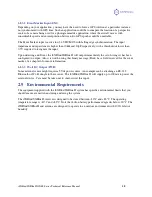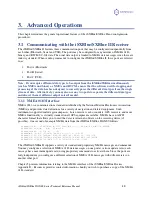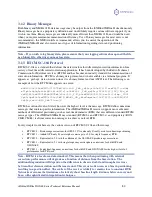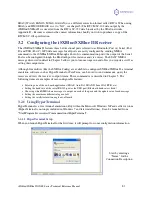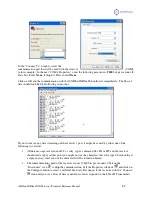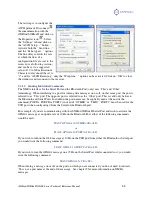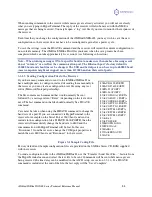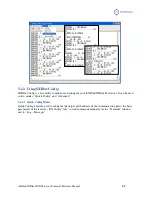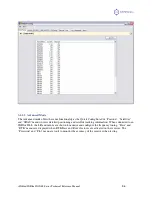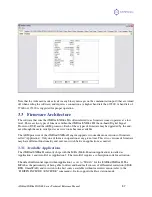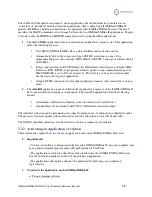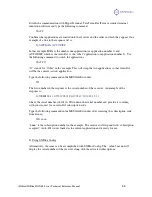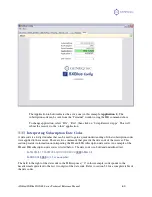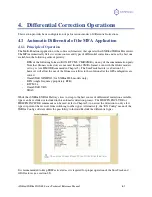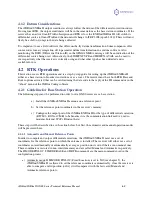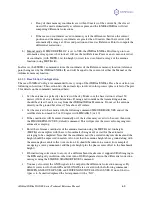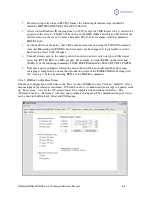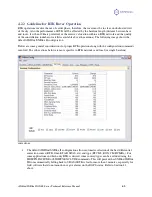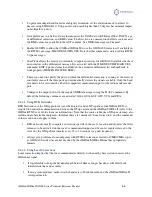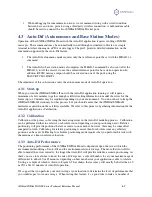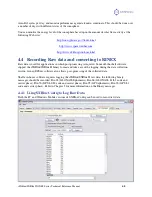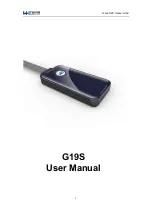
iSXblue/SXBlue II GNSS Series Technical Reference Manual
53
The last step is to configure the
ASCII protocol. Disconnect
the communication with the
iSXBlue/SXBlue II and click on
the Properties icon
. Select
the “Settings” tab and click on
the “ASCII Setup…” button.
Activate both the “Send line…”
and the “Echo typed…” options.
The line delay controls the rate
at which the lines of a
configuration file are sent to the
receiver (see following section)
and can be set to a suggested
value of 10 to 500 milliseconds.
Character delay should be set to
“0” and for “ASCII Receiving”, only the “Wrap line…” option can be activated. Click on “OK” to close
the windows and reconnect to the receiver.
3.2.1.2
Sending Individual Commands
The NMEA interface for the Serial Port and the Bluetooth Port (only) uses ‘This’ and ‘Other’
terminology. When interfacing to a port for turning data messages on or off, on that same port, the port is
referred to as ‘This’ port. The opposite port is referred to as the ‘Other’ port. This is valid only between
the Bluetooth and Serial Ports. In addition, the port names can be explicitly used at the end of the
command (PORTA, PORTB or PORTC) instead of “OTHER” or “THIS”. ‘PORTC’ must be used for the
USB port when configuring it from the Serial or the Bluetooth port.
For example, if you are communicating with the iSXBlue/SXBlue II Serial Port and wish to activate the
GPGGA message at an update rate of 10 Hz on the Bluetooth Port, either of the following commands
would be used.
$JASC,GPGGA,10,OTHER<CR><LF>
or
$JASC,GPGGA,10,PORTA<CR><LF>
If you wish to turn on the GLL message at 10Hz on the USB port from either the Bluetooth or Serial port,
you would issue the following command:
$JASC,GPGLL,10,PORTC<CR><LF>
If you wish to turn the GPGGA message on at 5 Hz on the Serial Port while connected to it, you would
issue the following command.
$JASC,GPGGA,5<CR><LF>
When turning a message on or off on the port on which you are connected, you do not need to indicate
‘This’ nor a port name at the end of the message. See chapter 5 for more information on NMEA
messages.


